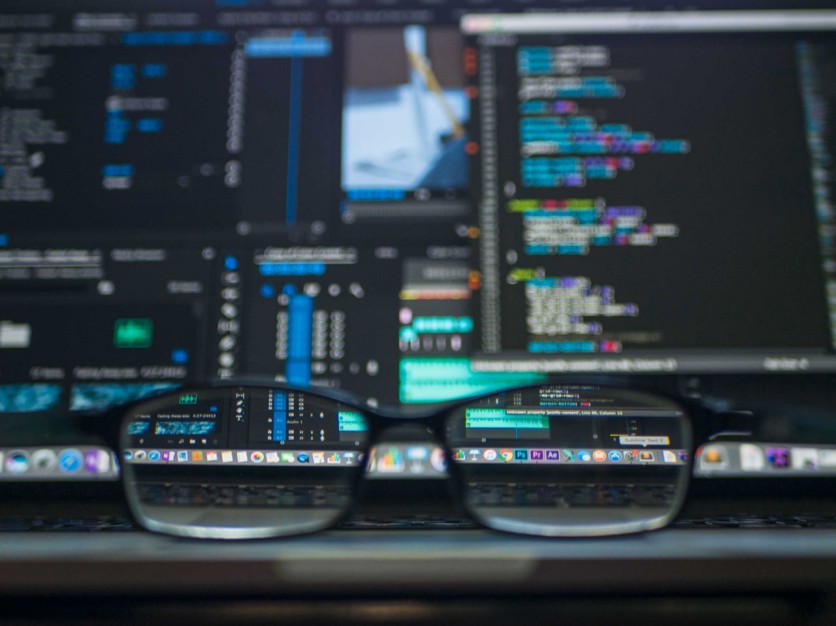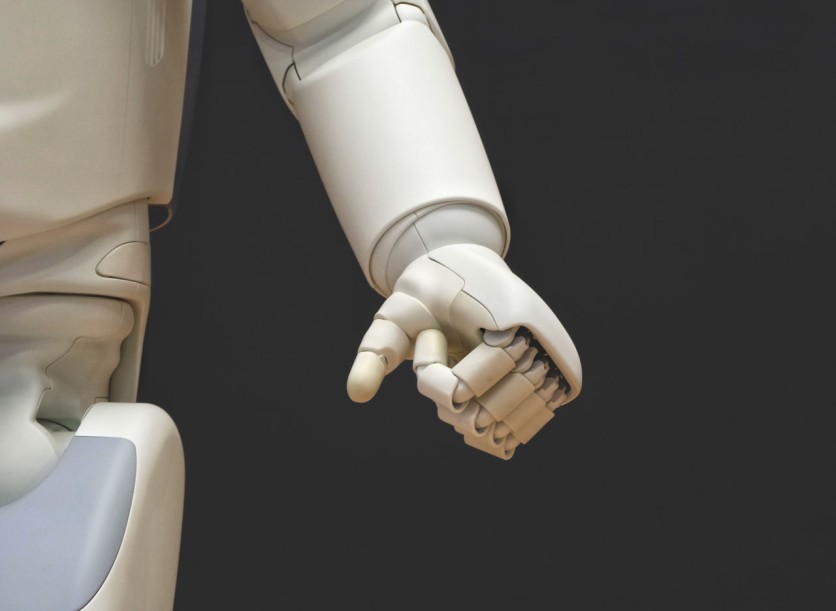
As the world becomes increasingly connected, the threat of cyber attacks looms large. With new and emerging technologies such as IoT and AI, the threat landscape is constantly evolving, making it challenging for organizations to stay ahead of the curve.
To shed some light on this important topic, we spoke with Oladele Eluwole and Titilayo Oyedele, two cybersecurity experts.
Interviewer: Good morning, Oladele and Titilayo. With the increasing adoption of new and emerging technologies, what do you see as the future of cybersecurity threats?
Oladele: One of the main challenges that organizations are facing is the rise of sophisticated cyber attacks. The growth of cyberthreat will continue into the future because the drivers behind the trend are unavoidable. As more and more devices are connected to the internet, the attack surface becomes larger and more complex. Additionally, the geopolitical landscape and the increasing sophistication of cyber criminals means that organizations must remain vigilant in order to protect their assets.
Titilayo: I completely agree with Oladele. The growth of cyberthreats will continue as long as we rely on technology. The more we rely on emerging technologies such as IoT and AI, the more vulnerabilities will be exposed. That being said, it is important for organizations to implement a comprehensive cybersecurity strategy that is designed to adapt to the changing threat landscape. I would also add that another challenge is the shortage of skilled cybersecurity professionals. There are more job openings than qualified candidates, which makes it difficult for organizations to find the right talent to protect their assets.

Interviewer: Can you both talk about some of the specific threats that organizations should be aware of in the future?
Oladele: Ransomware attacks are on the rise, and organizations need to be prepared for them. Additionally, we are seeing more attacks using artificial intelligence and machine learning, which can automate attacks and bypass traditional security measures. For example, one of the biggest threats that we see emerging is the use of deepfakes in cyber attacks. Deepfakes are AI-generated videos that can be used to impersonate someone or make them say things that they never actually said. This can be particularly damaging in a business context, as it can be used to manipulate the stock market or compromise confidential information.
Titilayo: Another emerging threat is the rise of cyber attacks on critical infrastructure. As more and more infrastructure becomes connected, the potential for cyber attacks to disrupt essential services such as power grids and transportation systems increases. This can have far-reaching consequences for individuals and businesses alike. There is also the use of social engineering tactics, such as phishing, to trick employees into revealing sensitive information or clicking on malicious links. Organizations need to be proactive in training their employees to recognize and respond to these threats.
Interviewer: How can organizations protect themselves from these emerging threats?
Oladele: The key to protecting against emerging threats is to stay up-to-date with the latest developments in the cybersecurity industry. It is important for organizations to implement a comprehensive cybersecurity strategy that includes a mix of technical controls, policies, and procedures. Additionally, organizations should regularly conduct vulnerability assessments and penetration testing to identify weaknesses in their systems and networks.
Titilayo: I would also add that it is important for organizations to develop a culture of cybersecurity. This means educating employees on the latest threats and best practices, and making sure that everyone in the organization is aware of their role in protecting against cyber attacks.
Interviewer: Thank you both for your insights on this important topic. Is there anything else you would like to add?
Oladele: Yes, I would like to emphasize the importance of investing in research and development in the cybersecurity industry. By continuing to push the boundaries of what is possible, we can stay ahead of the evolving threat landscape and develop new technologies and strategies to protect against cyber attacks. I would also like to emphasize the importance of collaboration between organizations, government agencies, and the cybersecurity industry. By working together, we can share information and best practices, and stay ahead of the evolving threat landscape.
Titilayo: Additionally, I would encourage organizations to take a proactive approach to cybersecurity. This means not only responding to threats as they arise, but also taking steps to prevent them from happening in the first place. I'd also like to call on young people to consider a career in cybersecurity. There is a shortage of skilled professionals in this field, and it is a growing industry with many opportunities for those who are passionate about protecting our digital infrastructure. By staying ahead of the curve, organizations can protect themselves from the ever-changing landscape of cybersecurity threats.
ⓒ 2025 TECHTIMES.com All rights reserved. Do not reproduce without permission.




